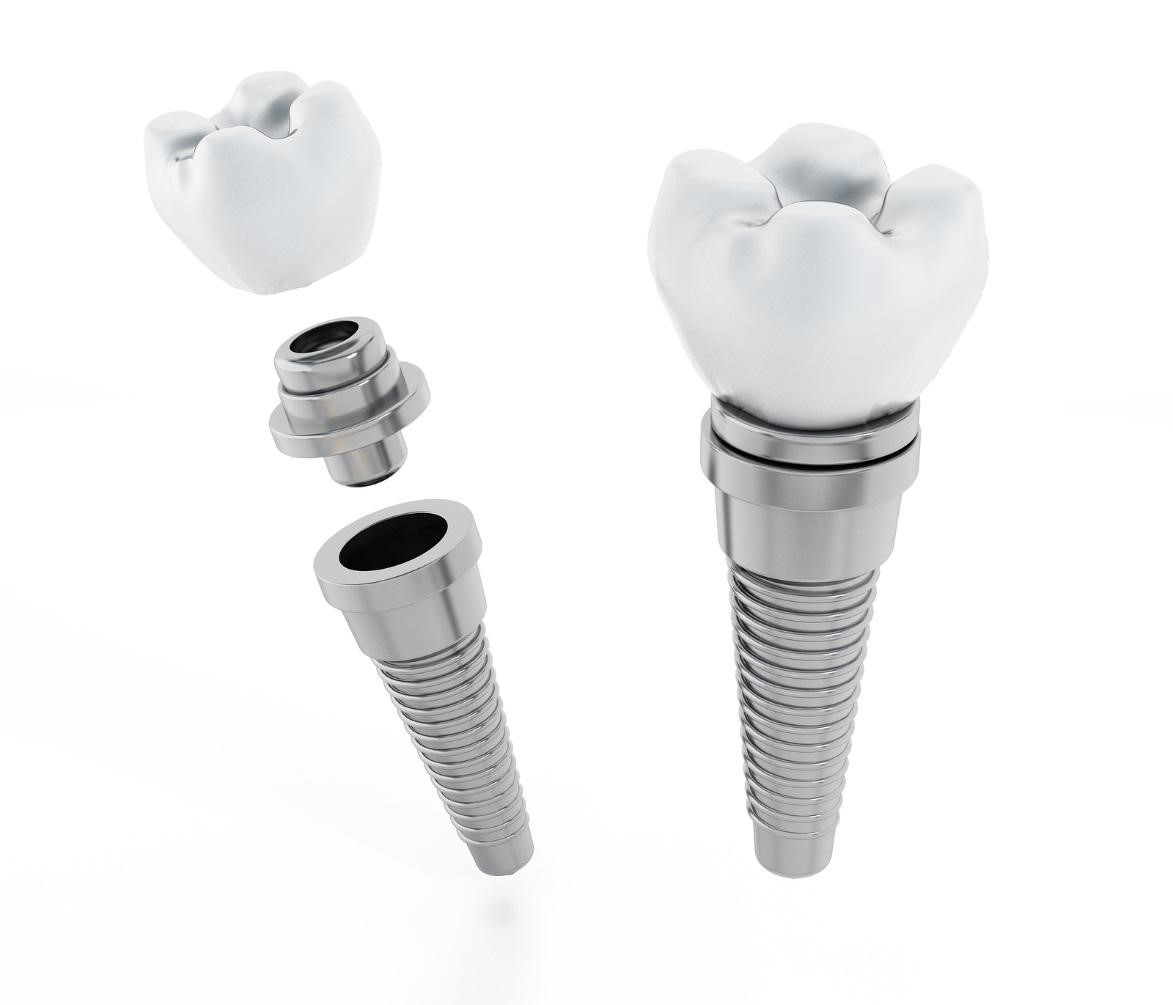Removable bridges and crowns have helped countless patients restore the form and function of their smiles, but these devices have some distinct drawbacks. Due to the fact that they are not attached to the jaws, the patient’s gums will continue to recede and their bones will become weaker.
Permanent dental implants address these issues by directly attaching one or more rods to the exposed sockets that have been left by the missing or extracted teeth.
Your Mouth After Losing One or More Teeth
Using your teeth to chew and speak actually stimulates the nearby soft tissue as well as the bone the tooth is attached to. When tooth loss is left untreated, it increases a patient’s risk of developing a variety of oral health issues including gum disease, tooth decay, bone resorption, and malocclusion.

Removable devices allow patients to once again smile with confidence and enjoy some of their favorite foods, but they do nothing to prevent these oral health problems.
What Exactly Are Implants?
This treatment is generally carried out with a local anesthetic, but the surgical team might suggest a general anesthetic if multiple implants are needed. Once you are asleep or your mouth is completely numb, a titanium alloy rod is attached to the socket in your jaw.
After the rod has been placed in the mouth, precise measurements are taken of the teeth and gums in order to make a false crown. Those who have weakened bones might be eligible for a bone graft to create a stable platform for the implants.
Many patients completely forget they have implants after their mouth has healed and the permanent crown is in place. These devices look and feel just like natural teeth, and they are even cared for in a similar manner. While the crowns might need to be replaced after 15 or 20 years, the rods often last a lifetime with the proper care.
Sources:
Dental implant surgery
mayoclinic.org
Understanding Dental Implants
dentalimplants.com
DENTAL IMPLANTS
perio.org
